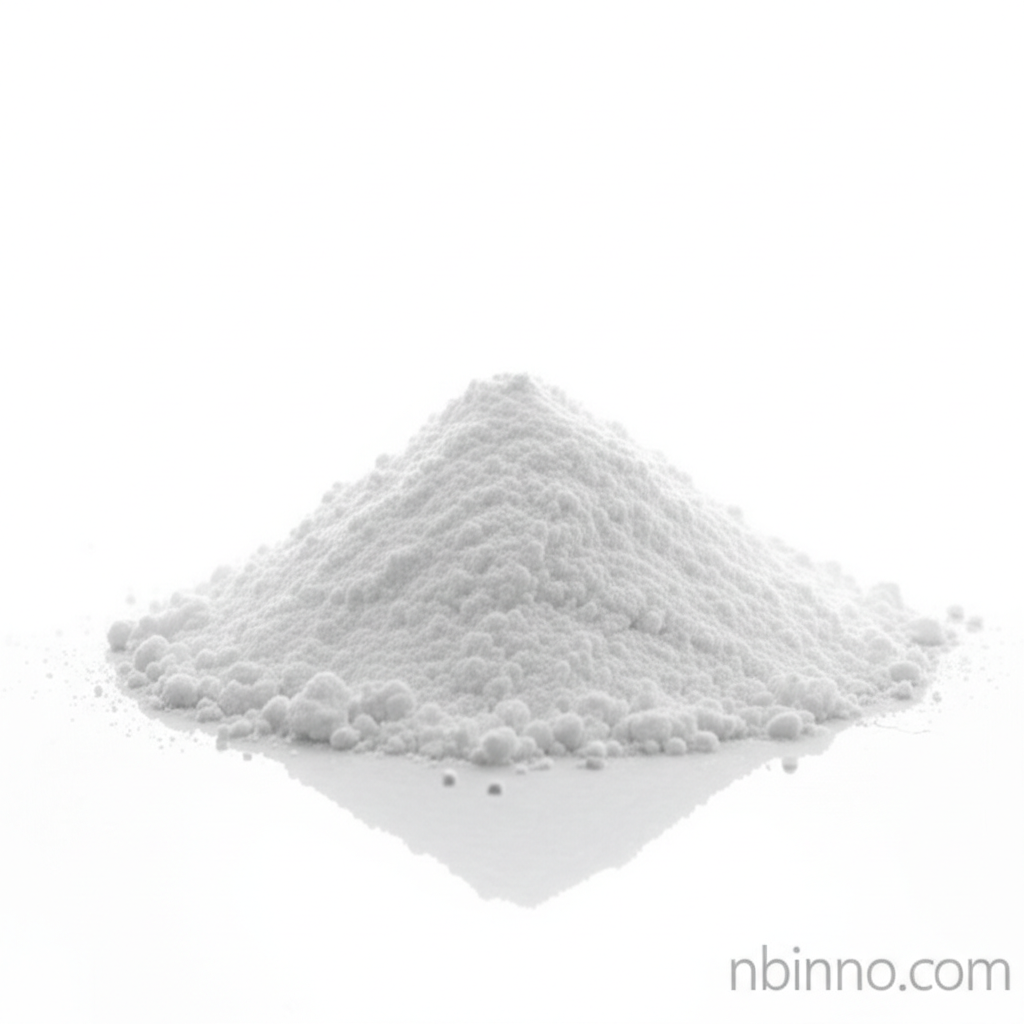4-(Aminomethyl)-2,6-dimethylphenol: A Versatile Intermediate for Pharmaceuticals and Fine Chemicals
Discover the crucial role of CAS 876-15-3 in advancing chemical synthesis and product development.
Get a Quote & SampleProduct Core Value

4-(Aminomethyl)-2,6-dimethylphenol
This compound is a vital building block in the chemical industry, offering a unique combination of functional groups for advanced synthesis.
- Leverage this key intermediate for pharmaceutical synthesis, driving innovation in drug discovery.
- Explore the potential of this fine chemical intermediate in agrochemical applications, enhancing crop protection solutions.
- Utilize its versatile structure in complex organic synthesis projects, enabling the creation of novel molecules.
- Benefit from its high purity, ensuring reliable and efficient outcomes in your chemical manufacturing processes.
Key Advantages
Versatile Functional Groups
The presence of both amino and phenolic hydroxyl groups makes it a highly reactive and adaptable molecule for various chemical transformations in organic synthesis.
Broad Applicability
Serves as a critical component in the production of pharmaceuticals and agrochemicals, highlighting its importance as a pharmaceutical intermediate supplier.
Purity and Reliability
With a purity of u226599%, it ensures consistent and high-quality results in demanding fine chemical manufacturing environments.
Key Applications
Pharmaceutical Synthesis
A crucial building block for Active Pharmaceutical Ingredients (APIs), supporting the development of new therapeutic agents and contributing to advanced pharmaceutical intermediate synthesis.
Agrochemical Industry
Employed in the production of pesticides and herbicides, demonstrating its value in enhancing the performance and selectivity of agrochemical products for improved crop protection.
Organic Synthesis
Its unique structural features make it an indispensable intermediate in diverse organic chemical synthesis projects, enabling the creation of complex molecules with specific functions.
Research and Development
Used in R&D settings to explore its biological activities, such as antioxidant properties, paving the way for potential new applications in medicine and beyond, supporting specialty chemical R&D.
